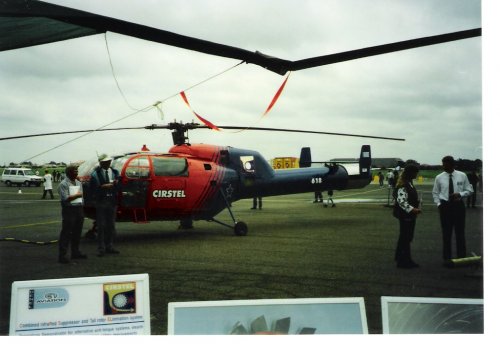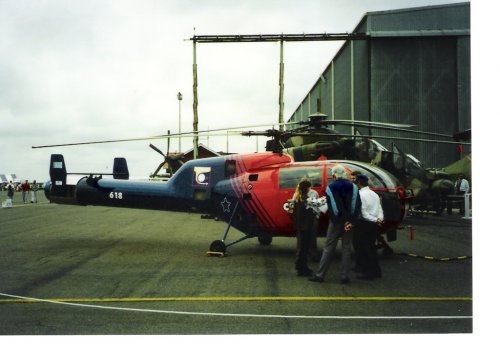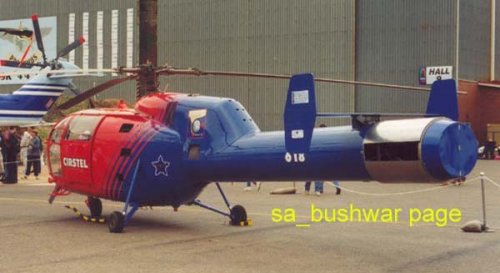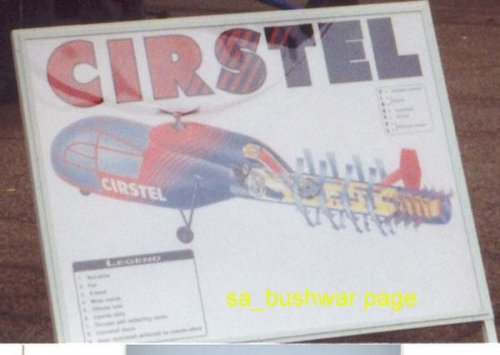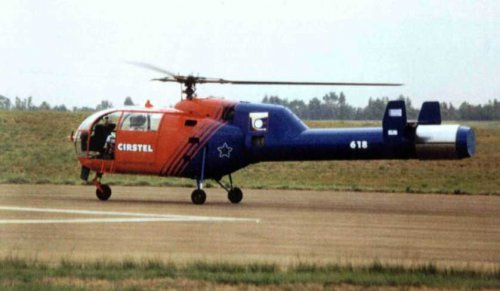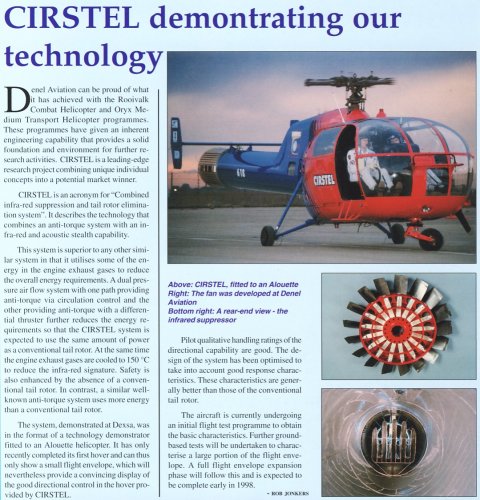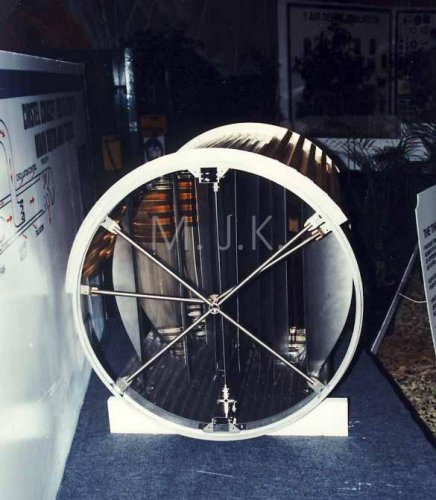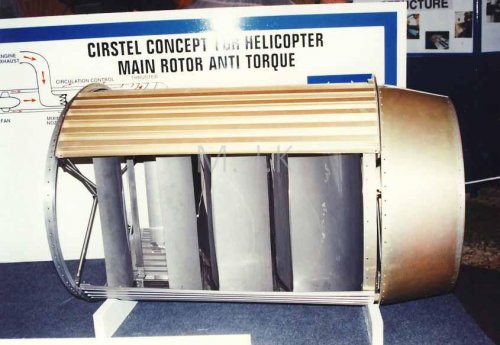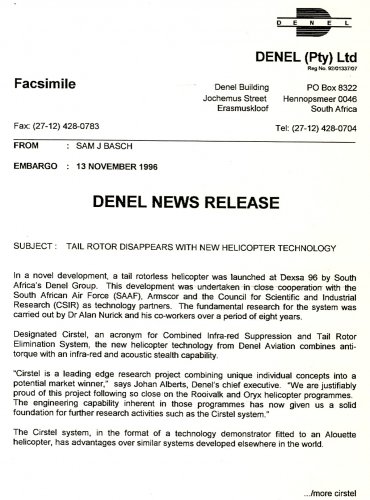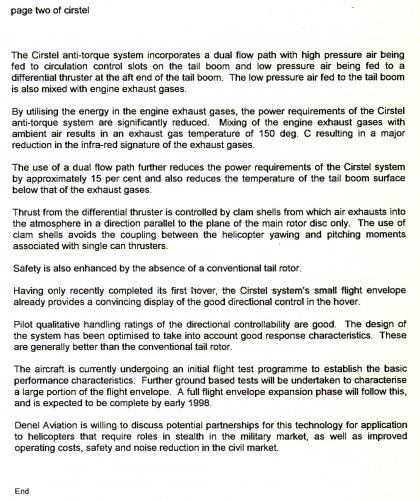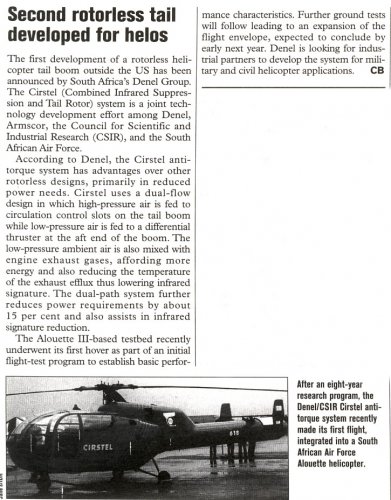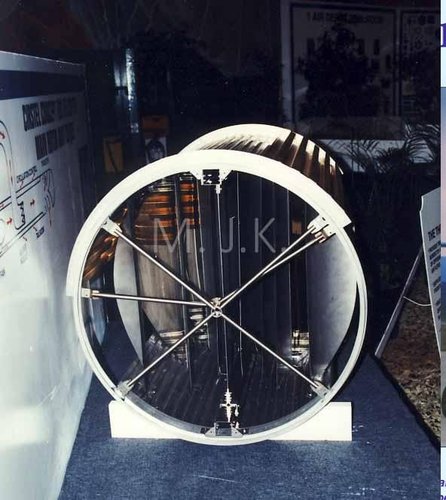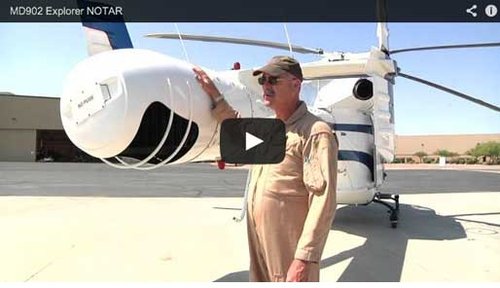An SAAF Alouette III technology demonstration helicopter equipped with a new tailboom without a conventional tailrotor or a fenestron was shown by Denel Aviation. The project is known as Cirstel (Combined InfraRed Suppression and Tail rotor Elimination). Initial research and development workbegan in 1987 and construction of the prototype started in 1993. The demonstrator is due to make its maiden flight "in the next few months," according to project engineer Nols Fonternel. The workwas conducted by Denel under an SAAF technology contract. It was administered by Armscor. While Cirstel has some similarities to the McDonnell Douglas NOTAR(NO Tail Rotor) system, it is a different design, Fonternel said.Although, like NOTAR, it uses the Coanda effect of the engine bleed-air to eliminate the need for a tail rotor while also incorporating suppression of the exhaust's infrared signature. The Cirstel principle splits the high pressure air from the enginefor use in the Coanda slots, while the low pressure air is bled-off for the tail thruster and to mix and cool the engine exhaust. The thruster nozzle is a Denel-patented clamshell design, unlike McDonnell Douglas' `rotating can' concept. Denel intends "to apply the Cirstel to a new helicopter design, to be developed - hopefully - with a new partner," Fonternel said.

